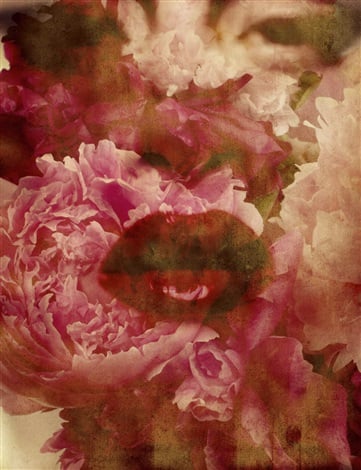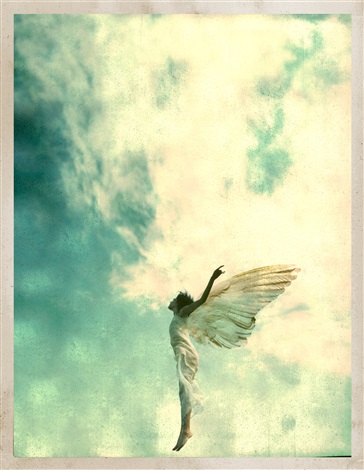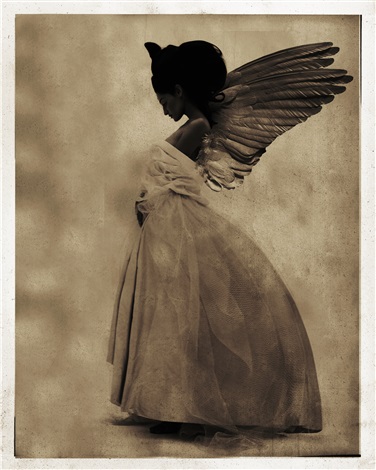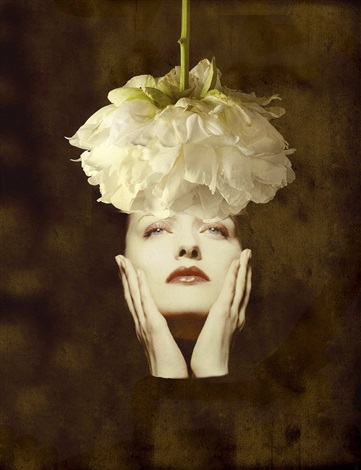Photographer Giovanni Gastel on His Memories of Curator Germano Celant and the Relationship Between Working in Art and Fashion


Artnet Gallery Network

Italian artist Giovanni Gastel is best known for his fashion photography, which has appeared in the pages of Vogue, Glamour, and Bazaar, among other magazines. The photographer, who got his start in the 1970s working out of a Milan basement studio, has shot ad campaigns for Versace, Missoni, Ferragamo Dior, Nina Ricci, and Guerlain.
In 1997, he received a solo exhibition at the Triennale Museum of Milan, curated by the art critic Germano Celant—an exhibition that propelled Gastel to the top of the photographic world. Over the years, Gastel has simultaneously cultivated his own artistic photography projects, including the series “Fallen Angels” and “Nymphs,” which are currently on view with Image Service Gallery.
Recently, we caught up with the photographer to discover nw insights into his work and his special memories of Celant.

Giovanni Gastel, Untitled (Angel 22) (2020). Courtesy of Image Service Gallery.
Who are your biggest influences as a photographer and artist?
Among the photographers, certainly Irving Penn. For portraits, Hans Holbein, while for still life all of Pop art and comics.
Can you tell us the inspirations behind your “Fallen Angels” series on view with Image Service Gallery?
The book of Enoch tells the story of the fall of Lucifer and his rebellious angels thrown by God to earth. The angels are then unable to return to God, unable to become human, and unable, in fact, of dying! So I said to myself, they must still be with us, so I searched for them and found them!
You also make images of “Nymphs,” or figures with flowers blended into their features. What about those?
The research behind the series “Nymphs” arises from the ambition to embody a need, which I consider urgent, to rediscover a new alliance between man and nature as it was in the days of classical mythology. Today, more than ever, it is vital we reconnect with nature.

Giovanni Gastel, Untitled (Angel 15) (2020). Courtesy of Image Service Gallery.
You worked at Christie’s auction house for two years. How did that experience influence you?
My job at Christie’s was to document the works of collectors. It was a great “school” for me. For the first time, I learned to respect the object as it presented itself to me. There was no need to improve or embellish it.
Do you consider your fashion photography and art photography as related?
In a certain sense, I hope that all my works survive their momentary function to become works of art in their own right, which last over time.

Giovanni Gastel, Untitled (Flowers 16) (2020). Courtesy of Image Service Gallery.
What’s the feeling you want when you’re working on a shoot? What kind of music do you listen to, etc.?
I like to work in a friendly environment and I always try to minimize the tension of the beginning, joking, and putting everyone at ease. Have fun and be relaxed. For me, photography is a party.
Do you have any special memories of Germano Celant that you’d like to share?
I have many memories of Germano Celant. He was a mentor and a “brother.” One day during my exhibition at the Milan Triennale, which he curated (in 1997), he told me, “You have to stop saying that you are a ‘fashion photographer,’ you are a photographer and that’s it!” It was an illuminating message.
What do you think is the secret to a good photograph?
Always try to express your subjectivity and uniqueness. We all have an individual style, you have to go inside yourself, and dig deep to find it.